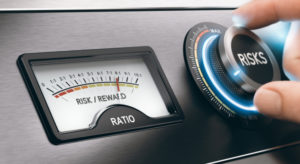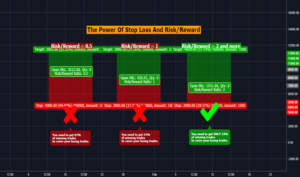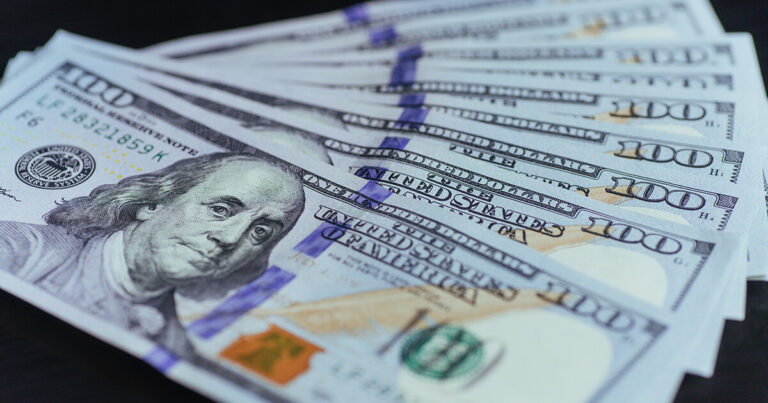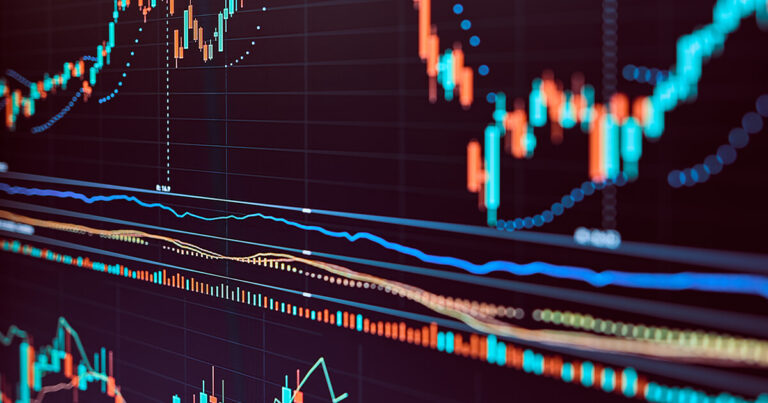Basically, in forex trading, the risk reward ratio is one of the most popular aspects tools traders use. Many novice traders are trying to find and locate the best sign of entry into the trade. To improve your trading profits, you must calculate where and when to enter the market to stay profitable. You must know where to go before you even start trading.
What is risk-reward-ratio?
What is a risk and reward relationship? If you are a forex trader, many sources and so-called educators have talked to you about something called the Risk reward ratio.
Risk is always an essential part of investment and speculation. Before making a transaction, it is prudent to determine whether the risk is the amount of capital available and whether there is a good reward potential for assuming that risk.
A ratio is a term used by many traders to compare the expected returns of an investment with respect to the risk taken to capture those returns.
Now, the risk reward ratio is a risk management tool used in forex trading. The focus is on how the reward is linked to risk in a trade. The risk is the amount the trader invests in a business, while a reward is a profit the trader expects to make in a trade. The reward is the glitches in which the exchange rate goes up in a trade.
For many, determining the value of a transaction is based on a rigid and quick rule that the expected reward should be some increase in risk. This is what many call the risk to reward ratio. For example, if the trader expects a transaction to earn at least twice the risk value, then the risk reward ratio is 2: 1. Many looks for a ratio of at least 3: 1 before the transaction — a risk-to-reward ratio of 3: 1 means that trade can generate profits three times greater than risk.
Likewise, if the trader risks 200 euros in a transaction, and the reward is 400 euros, the risk/reward ratio is 200: 400 and equal to 1: 2. If the trader risks 300 euros in a trade and the reward are 900 euros, the risk-reward ratio will be 300: 900 and equal to 1: 3.
However, should the risk determination be made based on a transaction generating a certain multiple of risk? It is recommended that a beginner in the Forex market have a risk-reward ratio of 1: 3, and a trader should never enter a trade if the risk-reward rate is less than 1: 2.
Risk reward ratio formula
There are several formulas to calculate your risk. For example, it’s easy to say that you want a ratio of 2:1, 3:1, or 4:1, but where do you start and stop trading? Do you rely on someone’s pivot points (another management tool with many formulas) or another method?
If you get a reward risk ratio of 2 to 1, you risk losing more than half of your transactions (if you are sure that your losses are half of those of your winners), and you always win the best! It sounds good in theory, but it’s much more challenging to do live.
The problem with this risk reward ratio formula is that you NEVER know what the market will do next, regardless of the methods you use or how many indicators you look at! These indicators are also all based on a formula.
Among a ton of formulas to choose from are Ted, Jed, Ed or Fred, etc. however, in the long, it’s been observed that a trader would do MUCH better by only taking what the market offers you and cutting the losers. If you do this regularly, you are well ahead of those who are looking for an arbitrary proportion in their negotiations.
These formulas can, however, work for long-term investments, but with day trading, it is advisable to go with the market offers.
Risk reward strategy
A risk reward strategy is a rule that forex traders use to control the risks of trading. An example of a risk strategy is defining a stop/loss. A trader should never enter a transaction with a risk-reward ratio of less than 1: 2 and a beginner of 1: 3.
The application of the risk reward ratio provides predefined and well-calibrated output points. If the trade does not offer a favorable risk and reward, it should be avoided, which would eliminate low-quality business.
If the target is reached in exchange, the position will be closed, and the target price will be established based on the current risk reward strategy. If the stop loss is reached, the manageable loss will be accepted, and the transaction will be closed before it becomes a more significant loss. With this, there is no confusion on what to do; an exit has been planned for the predetermined exit points, whether it is unprofitable.
The actual calculation of the risk to reward ratio depends on the currency pair traded and, because of the many pre-existing variables in calculating the peak value for a transaction, it is easier to explain with actions the use of fixed-price cost. If you are trading a $ 50 share, your target is $ 55, and your stop-loss is $ 1, the stock will only have to move 10% to hit $ 55 or 2% hit the stop loss, which creates a reward 5: 1: risk.
Depending on market conditions and the economic calendar, some currency pairs will evolve by 10% in a week or two. I would never set up a transaction with a risk to reward ratio of 1/1 and would always accept a reward of 2: 1 or 3: 1. This means that a more significant change is needed to reach the goal, but that worth to enter the transaction.
A successful and vast trader finds a strategy that will help produce a high risk to reward ratio. However, it is necessary to have a relatively conservative price to obtain the desired proportions
Conclusion
As a general rule, make sure that your entire company risks rewarding at least 1: 1. If you see a reasonable down payment, but the risk of rewarding is terrible, do not accept the deal, let it go. There will always be many better opportunities in the market. It is also essential to have a business plan before starting an exchange. Be disciplined, control, and manage your risk return ratio in forex trading so that your trading account displays the rewards of your hard work!





